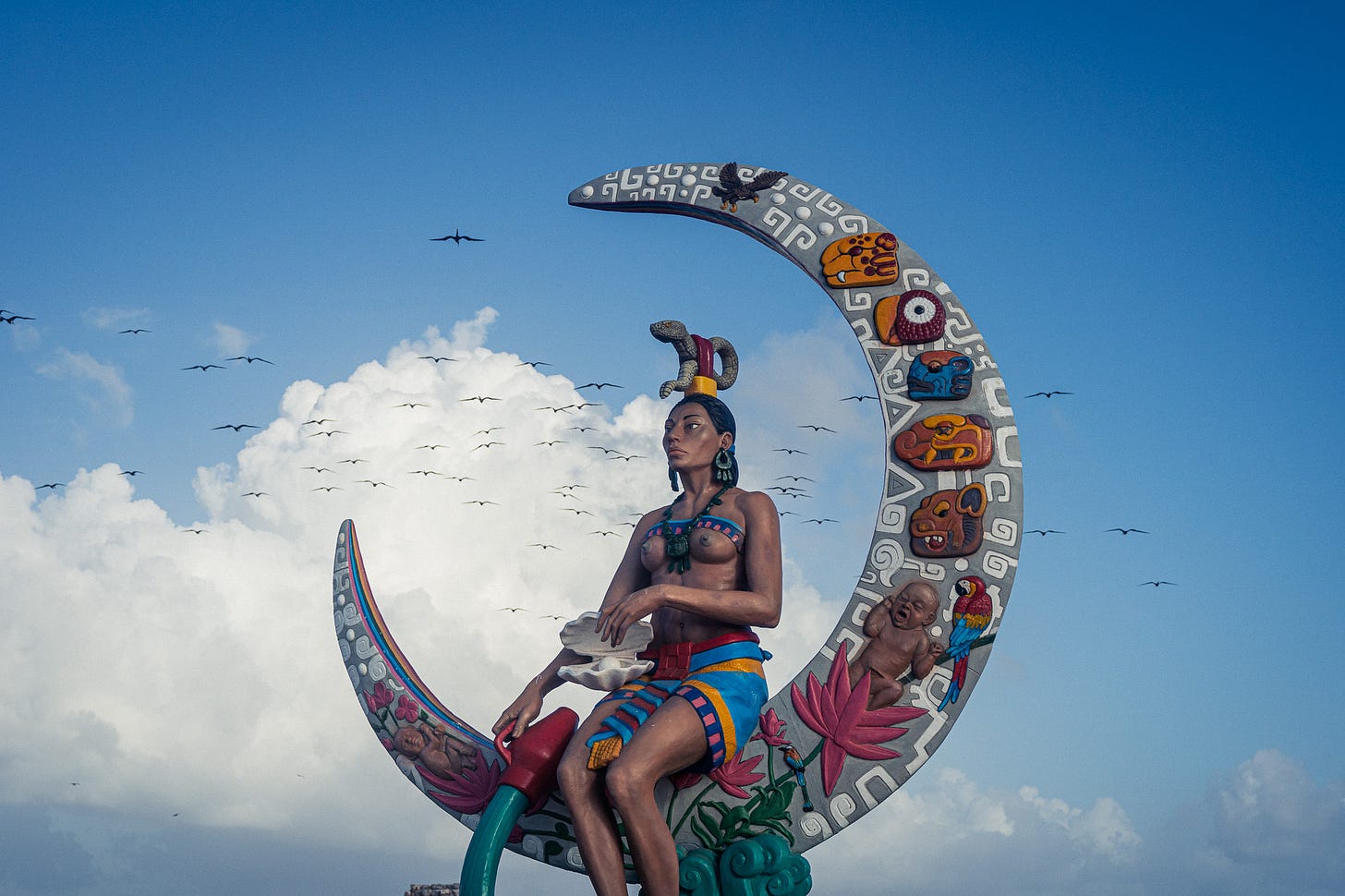What if we traveled like pilgrims, not tourists?
What if travel could be more than escape or consumption—what if it could transform us? Isla Mujeres made me ask whether pilgrimage might offer an alternative to tourism.
Earlier this year, I arrived on Isla Mujeres after three intense months at sea—sailing from Barcelona to Cancún in pursuit of meaning and purpose, and as an extension of my research on happiness in the outdoors. The journey left me physically and emotionally exhausted. But being on land …
Keep reading with a 7-day free trial
Subscribe to CAPI TACO'S FIELDNOTES to keep reading this post and get 7 days of free access to the full post archives.


